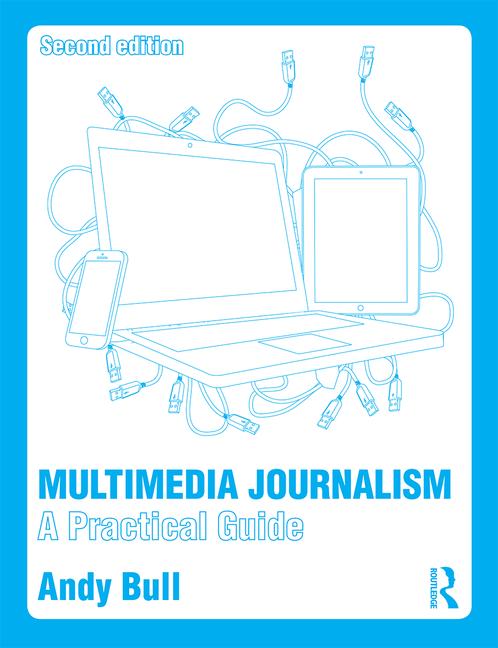The new journalism? Perhaps that sounds a little portentous
After all, some of us haven’t finished with the old one yet
Maybe not, but a perfect storm of change has conspired to pick us up and thrust into a whole new journalistic reality.The key elements in this revolution are these:
- The birth of new journalistic forms – key among them curation and live blogging
- Smartphones that give everyone the ability to broadcast live, multimedia content from anywhere, any time
- New mobile, geo-location platforms that combine news and community, and root reporting to place
- World-changing events that can’t be covered adequately by traditional journalists using traditional means of reporting
- The demand from many – call them citizen journalists or just eye witnesses - to be part of the reporting process
So how do traditionally-trained journalists respond?
I can only speak for myself.
I’ve tried to curate all that is going on, and to build a resource bank that looks at all the new developments, all the new software, publishing platforms and bits of kit.
I’ve drawn all that I see going on, and as much wisdom from as many informed sources as I can muster, and tried to build a range of tutorials that present all the new opportunities for journalists, and journalism students, with numerous examples of how the most inspired and adventurous are applying them to their journalism.
I’ve been publishing this stuff over the past few weeks at www.multimedia-journalism.co.uk/masterclasses The final piece is now in place.
So here are some highlights from what I’ve come up with:
New ways of reporting online
The Digital Media Pyramid – adapting the traditional story structure for multimedia: http://www.multimedia-journalism.co.uk/node/1489How to make long-form journalism work online: http://www.multimedia-journalism.co.uk/node/1490
Beat blogging: http://www.multimedia-journalism.co.uk/node/1491
Applauding pioneers in the new ways of reporting: http://www.multimedia-journalism.co.uk/node/1496
Location-based content for local journalism
How to build content platforms on a range of emerging geo-location applications
Building content, and community, around points on the map with Bubbleby: http://www.multimedia-journalism.co.uk/node/1532How to use Foursquare in your journalism: http://www.multimedia-journalism.co.uk/node/1536
Use Gowalla to create interactive stories for your readers: http://www.multimedia-journalism.co.uk/node/1541
Create geoguides with Gowalla: http://www.multimedia-journalism.co.uk/node/1537
Curatorial journalism
What it is, why it's becoming more important, the best platforms to use
The best use of Storify: http://www.multimedia-journalism.co.uk/node/1582The best use of Scoop.it: http://www.multimedia-journalism.co.uk/node/1583
How curation works on Wikipedia: http://www.multimedia-journalism.co.uk/node/1585
Live Blogging and real-time reporting
How to cover major, rolling stories as they happen
Styles of live blog from the BBC, the New York Times, The Guardian and more: http://www.multimedia-journalism.co.uk/node/1599Planning your real-time reporting: http://www.multimedia-journalism.co.uk/node/1600
How to report live: http://www.multimedia-journalism.co.uk/node/1601
How to live blog: http://www.multimedia-journalism.co.uk/node/1607
Live blog publishing platforms: http://www.multimedia-journalism.co.uk/node/1602
Issues of balance, attribution and verification: http://www.multimedia-journalism.co.uk/node/1604
Need a structured personal learning plan?
If you would like a personalised learning plan to help you develop your skills in any of the areas discussed above or, indeed, in any other aspect of multimedia, mobile journalism, then please get in touch.
My training company, Andy Bull Multimedia, has a wide range of elearning and in-person courses available.You'll find the full outline of my training offering here: http://www.andybullmultimedia.webs.com/

 Curation is a new word for doing something that old school journalists might call copy tasting.
Curation is a new word for doing something that old school journalists might call copy tasting.






